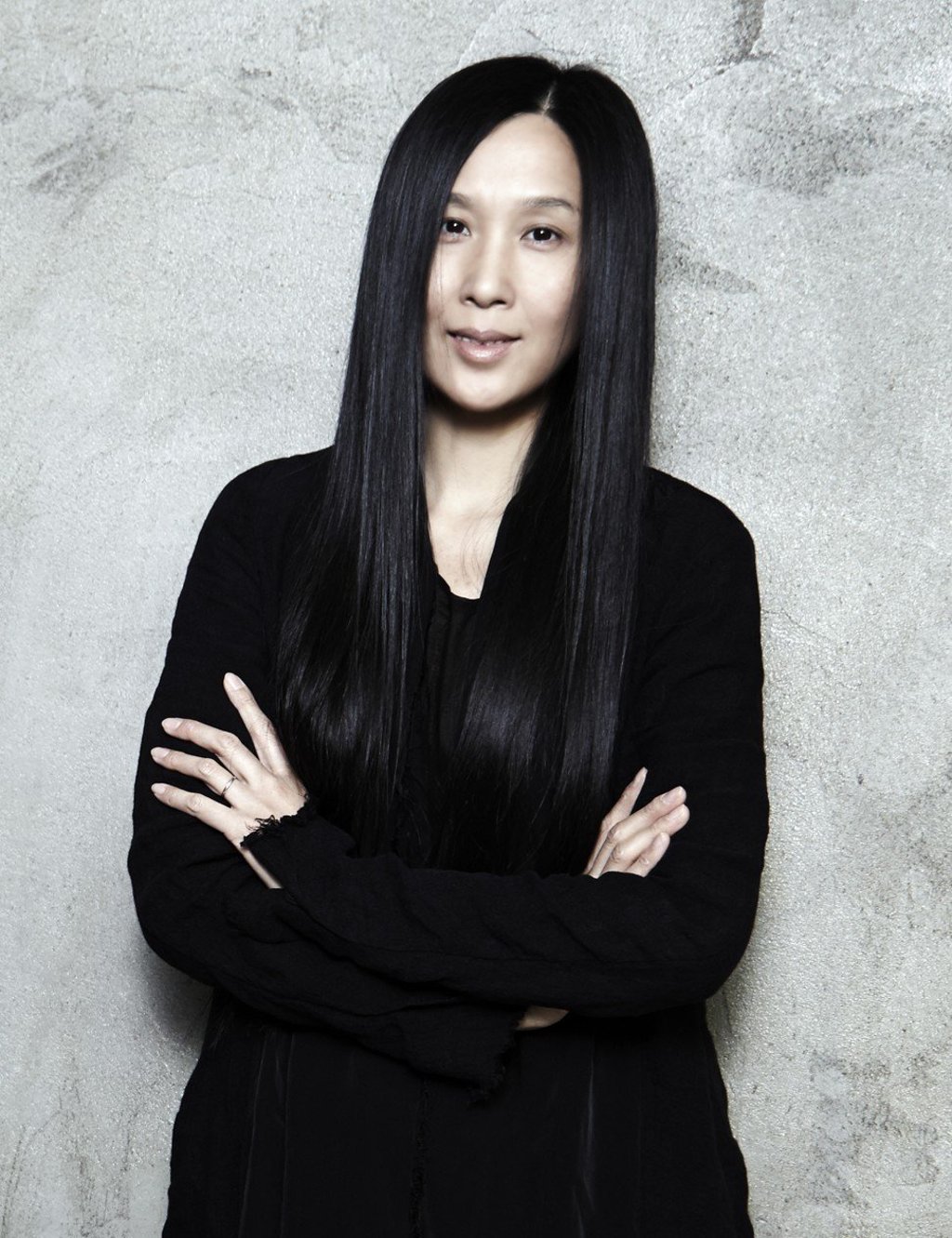The Chinese fashion industry has changed – it’s not all luxury labels and ‘Made in China’ anymore
The triumphs and challenges of the nation’s designers and distributors are revealed in this excerpt from the book Fashion in Multiple Chinas – Chinese Styles in the Transglobal Landscape

With the constant pace of change in global fashion, Chinese designers should not be limited to the “Made in China” label any more than be identified with China’s booming market of luxury consumption. This identity issue has become increasingly complex and multidimensional with global integration of fashion production, distribution and consumption, blurring past boundaries that separated Chinese from the non-Chinese, or, more commonly, from the Western.
Over the past decade, a large number of young Chinese fashion designers have acquired degrees or trained overseas and returned home to develop their own labels, some of whom have already left their mark on the global fashion world. Qiu Hao, for example, won the 2008 Woolmark Prize in Paris, joining the Woolmark hall of fame alongside the fashion world’s most reputable designers like Karl Lagerfeld, Yves Saint Laurent and Giorgio Armani.
In the 1990s and 2000s, industrialised manufacturing became more accessible, and unlike the utilitarian 1980s when materials were scarce, designers in China were able to compete, creating highly distinguishable, individual brands out of a then-unparalleled bounty. There is no doubt Chinese fashion designers still struggle with a lack of supporting systems in manufacturing, management, retailing and marketing, but scholarly and critical attention to Chinese design has drastically increased over the past decade, paralleling China’s economic rise.

The dress code for the super-exclusive 2015 Met Gala in New York was “Chinese white tie”, linked to the opening of the Metropolitan Museum’s newest fashion exhibit, “China: Through the Looking Glass”. The celebrities’ varied but audacious interpretations of Chineseness inspired a great deal of debate in global fashion circles regarding how Chinese design should be approached and represented. Gabrielle Wilson, editor of MTV Style and MTV News, questioned the risk of cultural appropriation in some of the designs despite the event organisers’ intention to bridge the cultures.